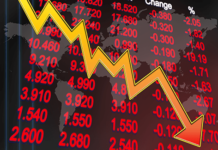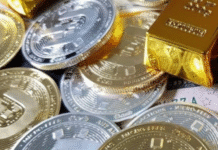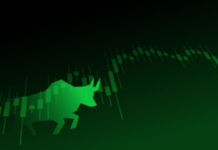MUMBAI– Indian stock markets staged a strong comeback on Tuesday, snapping a four-session losing streak amid easing retail inflation, positive global cues, and continued foreign investor inflows.
Both benchmark indices closed higher. The BSE Sensex gained 317 points, or 0.39%, to finish at 82,570.91, while the NSE Nifty rose 113.5 points, or 0.45%, to settle at 25,195.80.
Analysts attributed the rally to improving investor sentiment driven by favorable domestic and global factors.
“Retail inflation has fallen to multi-year lows, which boosts expectations of a potential rate cut by the Reserve Bank of India,” said Vinod Nair, Head of Research at Geojit Financial Services. “This could support economic growth, which is already showing signs of revival.”
Broader market indices also participated in the upswing. The Nifty MidCap and SmallCap indices each advanced approximately 0.95%, reflecting strong buying interest beyond the blue-chip space.
All sectoral indices on the Nifty ended in the green. Nifty Auto led the pack with a 1.5% gain, followed by Nifty Pharma and Healthcare, each up over 1%. Other sectors—including banking, energy, financial services, IT, metals, PSU banks, real estate, consumer durables, and oil & gas—also recorded gains of up to 1%.
The India VIX, a measure of market volatility often dubbed the “fear index,” declined by 4.17% to 11.48, signaling growing investor confidence.
Foreign institutional investors (FIIs) continued their buying streak, further bolstering market momentum. Meanwhile, the Indian Rupee reversed its two-day slide and appreciated against the U.S. Dollar, supported by renewed optimism in domestic equities and a softer U.S. Dollar Index.
“Markets are eyeing the upcoming U.S. inflation data, which is expected to influence the Federal Reserve’s next policy steps—particularly in light of ongoing global trade uncertainties,” said Dilip Parmar, Research Analyst at HDFC Securities.
The overall market outlook remains cautiously optimistic, with traders watching both domestic policy cues and global economic data for direction. (Source: IANS)













